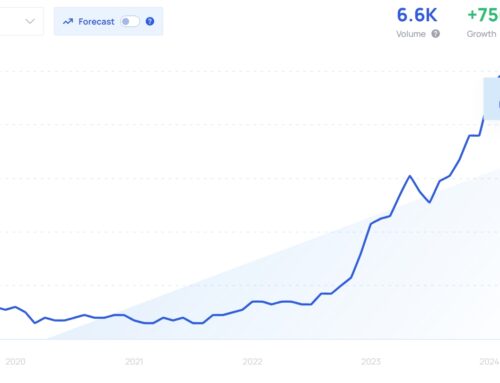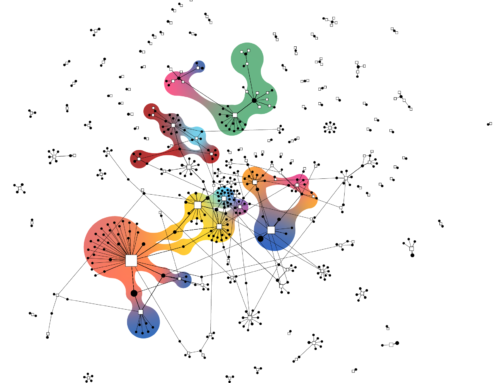The chip-making industry has rapidly developed over the past few decades, with companies like Nvidia at the forefront of innovation. Nvidia’s recent 10-for-1 stock split is a demonstration of the company’s incredible growth and the increasing demand for its semiconductors, particularly in the field of artificial intelligence (AI).
Nvidia’s stock price has more than doubled this year and tripled in 2023, allowing the company to briefly surpass Apple as the second most valuable company in the U.S. with a market value of over $3 trillion. This meteoric rise can be attributed to the soaring demand for Nvidia’s chips, which power AI applications.
The company’s revenue has more than tripled in the latest quarter compared to the same period a year earlier, and Wall Street expects Nvidia to bring in revenue of $117 billion in fiscal 2025, nearly double its revenue in 2024 and more than four times its receipts the year before that. Nvidia’s estimated net margin of 53% is also impressive, surpassing that of tech giants like Apple and Microsoft.
Nvidia’s success reflects the broader trend in the chip-making industry, which has been driven by Moore’s Law. Moore’s Law states that the number of transistors on a microchip doubles about every two years, while the cost of computers is halved. This has led to exponential growth in computing power and a decrease in the cost of technology over time.
However, as transistors approach the size of individual atoms, it becomes increasingly difficult to continue doubling their number on a chip. This has led some experts to question the future of Moore’s Law and the chip-making industry as a whole.
Despite these challenges, companies like Nvidia continue to innovate and push the boundaries of what is possible with semiconductor technology. Nvidia’s focus on AI and its ability to produce high-performance chips for this field has positioned it as a leader in the industry.
As the demand for AI applications continues to grow, it is likely that Nvidia and other chip makers will continue to see strong growth in the coming years. However, they will also need to navigate the challenges posed by the physical limitations of transistor size and find new ways to improve performance and efficiency.






Leave A Comment